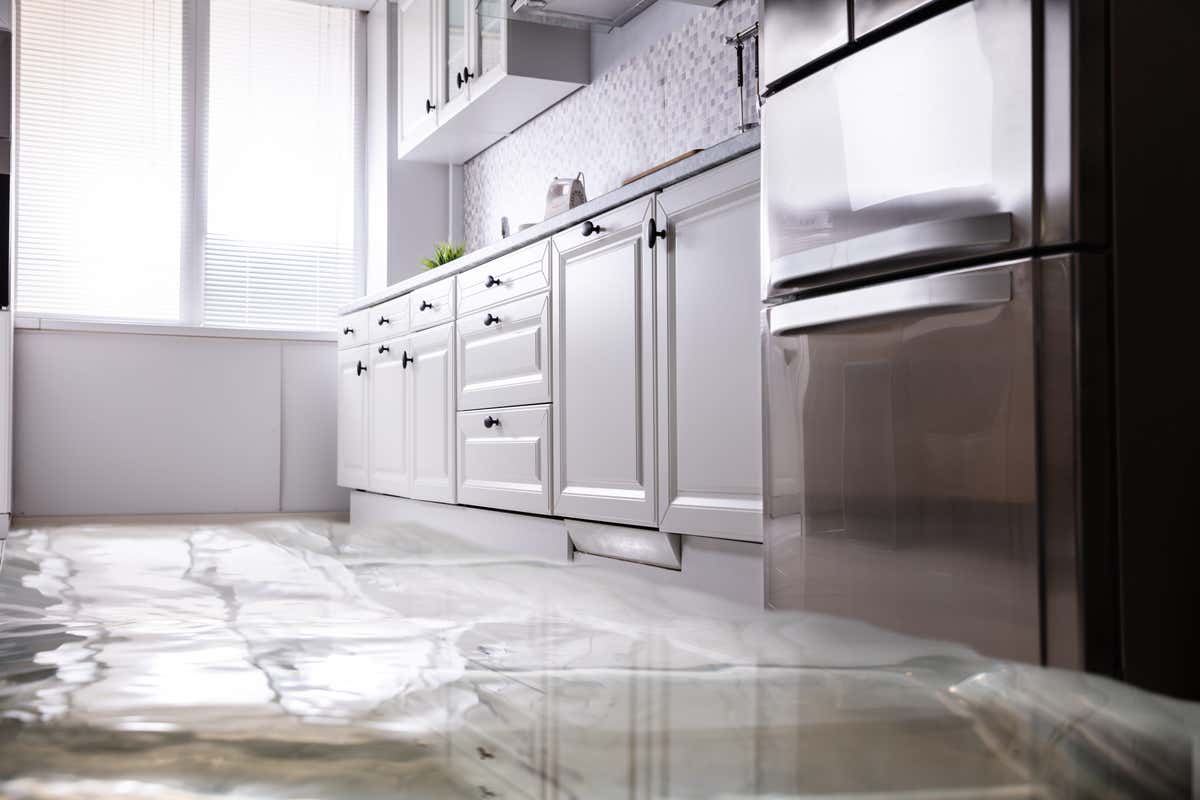
Fungi and mold insurance is coverage for damage caused by fungi, mold, bacteria, and wet or dry rot.

Mold insurance is a coverage often found in homeowners insurance that provides protection against damaging fungi and mold. Typically, it pays to repair damage caused by fungi, mold, wet or dry rot, or bacteria. However, not every homeowner's policy has mold protection, so homeowners need to read their policy’s fine print to determine if they have coverage and when it applies.
Even when fungi and mold insurance is included, it’s often limited in scope. This is partly because of caps on the amount of coverage provided. For example, most of our policies include mold insurance with coverage limits of up to:
Anything above those coverage limits is on you. Luckily, these limits are usually enough to cover most mold remediation bills.
Most fungi and mold insurance only kicks in when you have fungi, wet or dry rot, mold, yeast, or bacteria growing as the result of a covered peril. That means mold caused by something that’s excluded from coverage, like external flooding, won’t be covered.
Plus, most policies require you to mitigate your damages or take some actions to stop the source of moisture. And you typically have a limited time to alert your insurance company about mold damage that’s initiated by the original claim. If you fail to tell your insurer within the allotted time, you may find you’re paying for remediation on your own dime.
Long story short? You need to tell your insurance company about mold damage as soon as possible, but that’s a benefit to you. Your insurer can usually send someone out to your home to help mitigate the cause and the mold.
For example, say a pipe suddenly bursts in your home leading to water damage in the walls and cabinets. Burst pipes are usually covered, so you make a claim with your insurance company. This starts the clock on any subsequent mold claims. If mold appears during that time, you need to tell your claims representative to get coverage.
But let’s say the river next to your house floods your basement. In most cases, your insurance company won’t pay for the water damage or subsequent mold damage because homeowners' policies seldom cover floods. That means you’ll need to pay for the remediation on your own – unless, of course, you have flood insurance.
Here are some other common perils that can trigger a mold insurance claim:
You should also note mold that is in the house upon purchase or caused by poor maintenance is usually not covered by homeowners insurance.
The best way to know whether or not you have fungi and mold insurance is to read through your homeowners' policy. Mold coverage is often added back to your policy with an endorsement that identifies your coverage limits. You’ll want to understand what your coverage limits are when they kick in, and if there’s a time limit for filing a claim.
Not sure what you’re reading in your policy? You can always ask your insurance representative about these things so that you fully understand your mold insurance coverage.
Our representatives are happy to explain your coverage when shopping for home insurance and point you toward the part of your policy that provides the details.
To decide if you need additional mold insurance, you need to weigh your own risks and compare those to the costs of covering damage out of pocket. If you live in a moist climate or have a high risk of encountering mold or moisture damage, mold insurance may be worthwhile.
If your homeowners' insurance doesn’t cover fungi and mold remediation, then you may want to talk to your agent about possible endorsements. Getting an endorsement may cost a little extra, but it adds coverage for mold.
Another option is to find a carrier like Kin. All of our policies come with fungi and mold insurance coverage to make sure you get the protections that matter. If you’re ready to see how much we can save you with a policy that has all the bells and whistles, start a quote or give us a call today